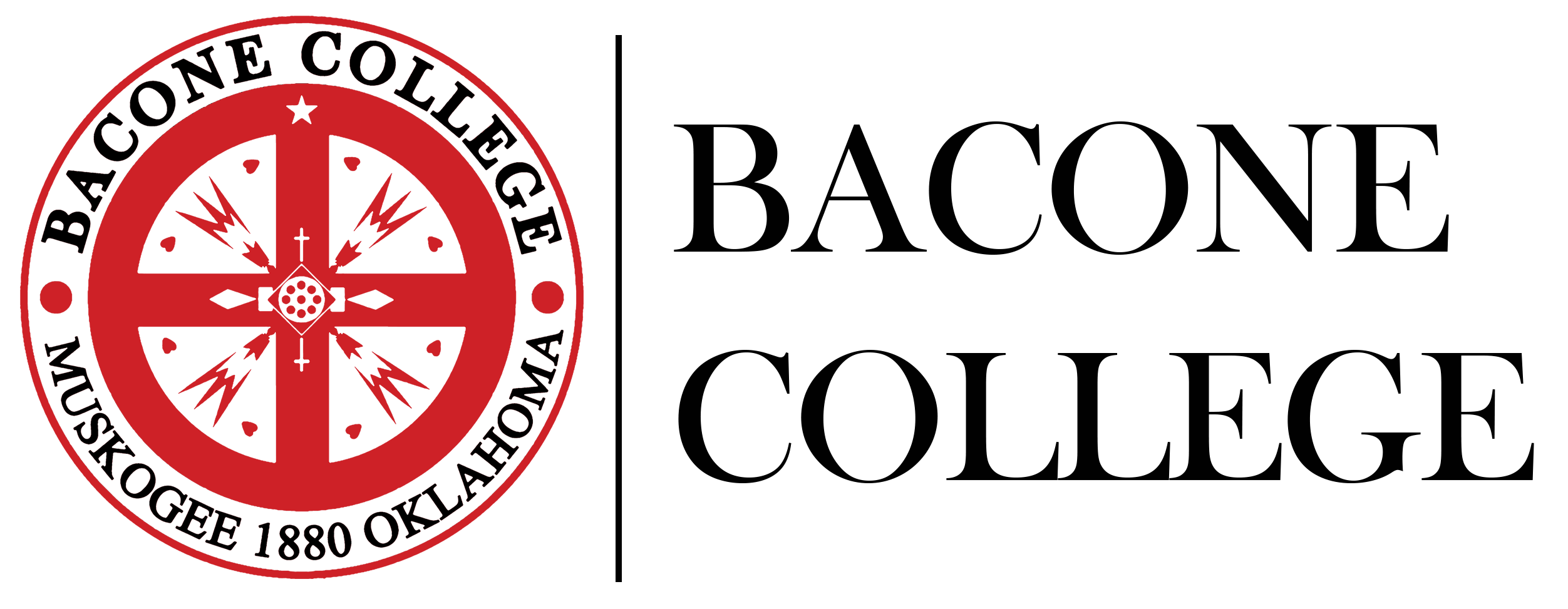Basic Federal Direct Loan Program Information
Rights and Responsibilities of Borrowers: To accept a Federal Direct Loan is to enter into a legal agreement with the Department of Education, a branch of the United States federal government. Borrowers have many rights and protections, but they also have responsibilities which may extend years beyond the completion of a degree program.
Information about your Federal Direct loan is submitted to the National Student Loan Data System (NSLDS), a government database accessible by guaranty agencies, lenders, and schools determined to be authorized users of the data system.
Please review the informative resources below.
- What is a Master Promissory Note
- What is Entrance Counseling
- Printable Entrance Counseling guide in PDF format
- What is Exit Counseling
- Student Loan repayment
Entrance and Exit Counseling: Student loans are both an opportunity and a responsibility. Before receiving loans, a student must complete entrance counseling at StudentAid.gov. When graduating or otherwise leaving a college, students must complete exit counseling at StudentAid.gov. This information will helps students make the best of every opportunity available. A printable guide is available on our exit counseling page.
A printable entrance counseling guide is available at the link below. A printed copy can be made available on request at the financial aid office.
Federal Subsidized Stafford Loans: This loan is need-based and the amount varies according to students grade level. Interest does not accrue on a Subsidized Stafford loan while a student is in school at least part-time, and during the grace period. There is a variable interest rate capped at 4.99% and repayment starts at the end of the grace period (6 months after no longer enrolled in at least half-time or 6 credit hours). There may be an origination fee of 1.057 % charged by the lender.
Federal Unsubsidized Stafford Loans: This loan is different than the Subsidized Stafford Loan in that it does accrue interest while a student is in school and during the grace period. There is a variable interest rate capped at 6.54%, which begins after loan is disbursed. There may be an origination fee of 1.057 % charged by the lender. Repayment begins at the end of grace period or 6 months after student is no longer enrolled in at least half time or 6 credit hours.
Federal Parent Plus Loans: This is a loan for parents or legal guardians that can cover student’s expenses up to the cost of education less other aids. The Parent Plus loan requires parent/guardian credit approval. Parents must complete an application, a Master Promissory Note, and PLUS counseling. There is an origination fee of 4.248 % charged by the lender and there is no grace period. Repayment begins 60 days after last disbursement. The interest rate is variable but capped at 7.54%, and it begins 60 days after disbursement. The minimum payment is $50 each month and the life of the loan is 10 years. Pre-payment of the loan is allowed with no penalties.
Private Collegiate Loans or Alternative Loans: This type of loan is available to students who have utilized all their loan eligibility for the subsidized and unsubsidized loans. It also provides a dependent student with an alternative if the Parent Plus Loan has been denied. There are several alternative loans that are available for students and each lender dictates their own rules and regulations. The applicable interest rate will vary by lender, and interest accrual will begin upon disbursement.
Assistance From Other Sources: Other sources of state and federal financial assistance are available to qualified students including Vocational Rehabilitation, Veterans education benefits, Workforce Oklahoma, and assistance from the Department of Human Services. Students are encouraged to contact the appropriate government office in their community for more information about these programs.
Where to find more information
StudentAid.GOV
Understanding Subsidized and Unsubsidized Loans – https://studentaid.gov/understand-aid/types/loans/subsidized-unsubsidized
Interest Rates – https://studentaid.gov/understand-aid/types/loans/interest-rates
Repayment Plans – https://studentaid.gov/manage-loans/repayment/plans
